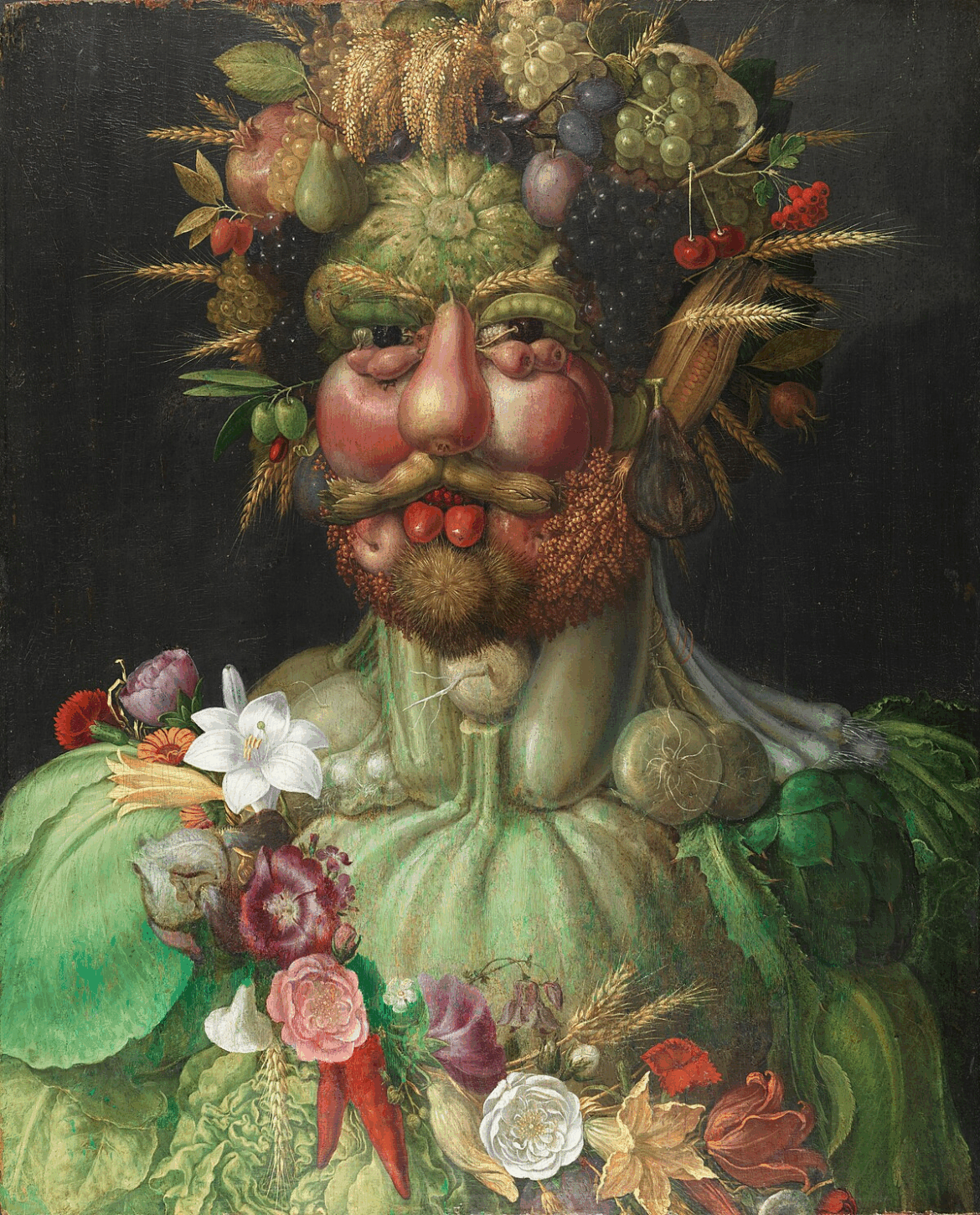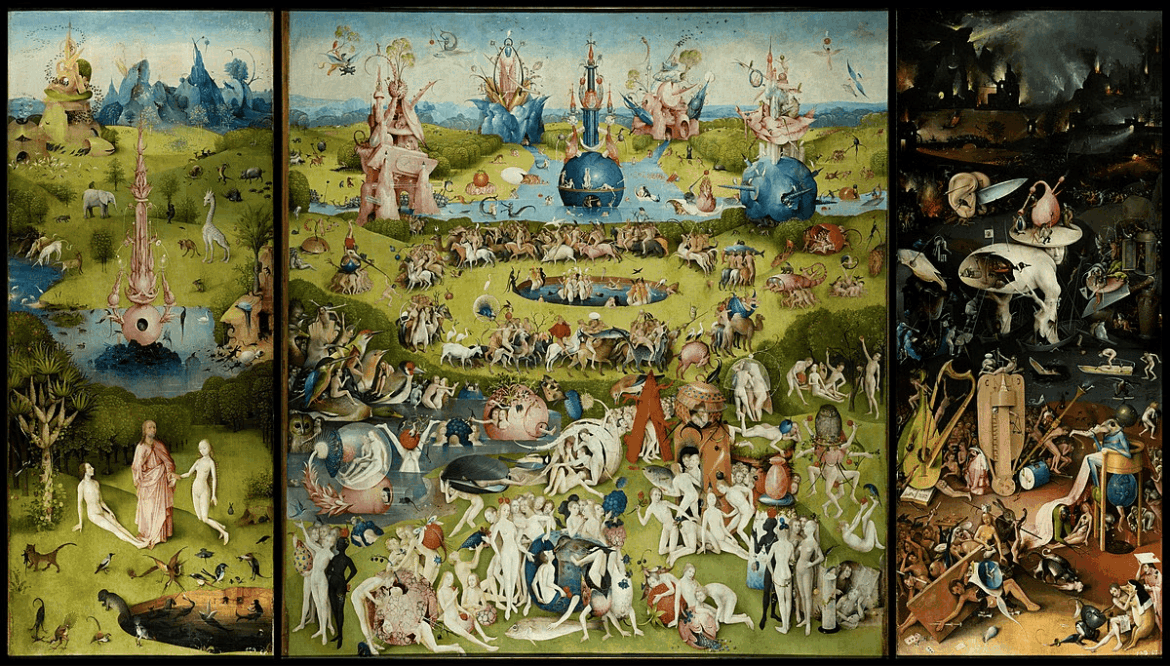
Who was Claude Monet?
Claude Monet was a pioneering Impressionist artist and key figure in the development of the Impressionist movement in the 19th century. Known for his innovative techniques capturing light, color, and atmosphere, Monet’s works like “Impression, Sunrise” epitomized the movement’s focus on fleeting moments and natural light. He often painted en plein air, embracing outdoor scenes and emphasizing the effects of light on subjects. Monet’s use of loose brushwork and emphasis on perception over realism revolutionized art, influencing generations to come. His legacy as an Impressionist pioneer endures, solidifying his place in art history.
Early life and Education
Claude Monet was born on November 14, 1840, in Paris, France. He was brought up in Le Havre, a seaport located on the coast of Normandy, close to the sea. This was when he developed an affinity with nature and the sea that would later affect his artistic style. Monet confronted the fact that an artist has to be in love with his work in his mind from the early years, and he got support from his family to pursue his creative side. During the early part of his career, he got a taste of art by going out to the landscape and drawing whatever he saw. He painted the changing light and colors that surrounded him. Ultimately, Monet received some artistic instruction in Le Havre and later migrated to Paris to improve his artistic background. In Paris, he studied at one of the most prestigious – École des Beaux-Arts, where his talent was formed, and he tried many art techniques. Nonetheless, Monet was tired of following the old artistic conventions and wanted to be free from the restrictions of creative publishing. It was in Paris where Monet befriended like-minded artists who agreed that the underlying subject of their paintings was to capture the momentary features of nature and light. This mutual understanding, based on their similar principles of art, formed a bedrock for the Impressionist movement, of which Monet would be a key member. Paris and Monet’s arts education and his experiences in this city were significant factors that influenced the artistic vision and approach of the artist.
What does Monet Paint About?
Claude Monet’s paintings were about transforming from traditional painting to capturing light and atmosphere. A series of Monet’s paintings on water lilies become evidence of his desire to express his love for nature and the beauty of the light. The extent of his brushwork was loosening with time as his subject’s main idea became his focus rather than the intrinsic details. Monet’s skill created a new way of visually capturing and understanding the world. As a result, many artists began to search for new ways to express the feelings and atmosphere of a particular place.
Monet and the Beginning of Impressionism
Claude Monet proved to be a significant figure in the history of painting and Impressionism, a revolutionary artistic movement of the 19th century. Alongside artists like Pierre-Auguste Renoir and Edgar Degas, Monet was one of the names who changed reality by defying the old artistic conventions, which gave birth to a new style that centered on the presentation of the passage of time and the impact of light on nature. Monet’s journey towards Impressionism commenced with his painting “Impression, Sunrise,” which was displayed in 1874. This painting, featuring a hazy harbor scene with loose brushwork and an emphasis on light and atmosphere, led art critic Louis Leroy to coin the term “Impressionism” as a critical label. However, this term was accepted by Monet and his colleagues as a fundamental characteristic of their ground-breaking approach to art.
Not only was Monet an important figure in the development of Impressionism, but he also put his determination and energy into other styles. Pierre-Auguste Renoir and Édouard Manet, Monet were among the painters who excluded traditional artistic concepts. As a result, they provided the basis of an art movement characterized by capturing fleeting moments and light’s effects on nature. Through his dedication to capturing the ever-changing qualities of nature and light, Monet became a leading figure in the Impressionist movement. His series paintings, such as the “Water Lilies” and “Haystacks,” exemplify his commitment to exploring variations in light and color over time.
Key Works and Techniques
Claude Monet created several iconic works that revolutionized the art world. Some of his most famous pieces include:

- “Impression, Sunrise” (1872): This painting gave the Impressionist movement its name and is celebrated for its loose brushstrokes and highlight on light and color.
- Water Lilies series (1899-1926): Monet’s wide-ranging series of water lily paintings exhibits his mastery in utilizing the play of light on water and reflections.
- Woman with a Parasol” (1875): This portrait of his wife and son demonstrates Monet’s capability to portray movement and light in outdoor surroundings.
Monet’s style featured short and interrupted brushstrokes to capture the whole scene rather than the details. He mainly painted en plein air, taking his main subject, and thus, he got to depict the changing light and atmosphere. Monet’s aesthetic of bright colours and his emphasis on light and its manifestations can be considered one of the most influential trends for artists of his era. He is an engineer of art machinery. Monet’s innovative approach to nature painting and picturesque subjects that were unpopular earlier changed the conventional painting process. Impressionists wanted to break with the academic tradition of painting, so they used new colours and light effects to catch the world around them in a new way. Thus, Monet perpetuated the approach of seizing what is transitory and depicting atmospheric effects, dramatically influencing modern art’s development. Monet’s transcendence is not limited to his paintings. His contributions to the art world not only reshaped artistic techniques but also challenged conventional notions of beauty and representation. Currently, Monet’s paintings continue to captivate audiences globally, reminding us of the power of art to evoke emotion and transcend reality.
Giverny and the Water Lilies
In Giverny, Claude Monet cultivated a captivating garden that served as a wellspring of motivation for his iconic Water Lilies series. A flourishing flora and a quiet pond were features of the designer garden that was the center of the artist’s later-life paintings. The Water Lilies strike a harmony with its lyrical color combinations of lilies and water reflections, symbolizing the unison of nature and light in a musical symphony—the period that Monet spent in Giverny afforded him the luxury of surrounding himself in the beauty of his garden, evoking the feelings that he experienced in his garden and captivating pieces that are still adored by people globally.
Haystacks

- Artist: Claude Monet
- Year: 1891
- Medium: Oil on canvas
Haystacks captures the essence of the end of summer with its rich golden hues and serene countryside background. The canvas pictures haystacks illuminated by the warm late sunshine, which illustrates Monet’s talent in portraying the play of light and atmosphere. Using his touch with brush and colors, Monet turns the ordinary farm landscape into a spectacle, during which one can savor the short-lived moments of the seasons’ changes.
There is lightness and relaxation in the brushwork in “Water Lily Pond” by Monet, which depicts life and motion in the stillness of the water. The play of light and shadow is the main component, accompanied by the reflection of the surrounding greenery, creating an excellent composition distinguished by its serenity and harmony. Calmly painting in his garden, Monet welcomes us to participate in the peaceful atmosphere of nature and then catches the fleeting moment with his signature Impressionistic style. The “Water Lily Pond” is not just an example of Monet’s artistic prowess; but it demonstrates how he could capture the illumination, colour, and atmosphere using paint.
Poplars

- Artist: Claude Monet
- Year: 1891
- Medium: Oil on canvas
- Location: Metropolitan Museum of Art in New York, USA
Poplars gorgeously captures the essence of the four poplar trees standing tall along the tranquil banks of the Epte River near Monet’s home in Giverny. Monet’s utilization of color, light, and texture in this piece portrays his mastery in representing the natural world with a sense of vibrancy and depth, inviting the audience to submerge themselves in the peaceful landscape.
Rouen Cathedral, Full Sunlight

- Artist: Claude Monet
- Year: 1891
- Medium: Oil on canvas
- Location: Metropolitan Museum of Art in New York, USA
Rouen Cathedral, Full Sunlight is an atmospheric painting created concurrently with other canvases depicting various angles of the historic building. It is painted with highly textured brush strokes that evoke the feeling of sculpted stone and make a tangible sense of light and atmosphere. Monet had long been fascinated by how light gives an object an entirely novel character depending on the time of day, season, and atmospheric circumstances when he painted the Cathedral Series.
Legacy and Influence
Claude Monet revolutionized art with his unique style and approach to capturing light and nature. It is no overstatement to say his influence on the development of art, especially modern art, is astounding. Monet’s Impressionist style is distinctive with its loose brushwork, vibrant colors, and capturing the moment. It was picked up by the Post-Impressionists, Fauvists and Abstract Expressionists. Monet’s legacy is still relevant today, with his paintings still attracting much attention and admiration worldwide. His iconic paintings, such as “Water Lilies” and “Impression, Sunrise,” remain emblematic of his innovative style and vision.
Personal Challenges
Despite his artistic success, Monet faced significant personal and professional challenges throughout his life. The problem of health, specifically the eyesight disorders that deteriorated his eyesight in later times, impeded the artist in their creative work. Moreover, the fact that Monet suffered from financial issues while trying to sell his paintings and live with his family was another big issue for him. These obstacles burdened Monet emotionally; he felt it would negatively affect his creative process and well-being. These miserable conditions could not deter Monet, who was still active in creating sensational works that would be the frameworks of future art.
Conclusion
The educational and awareness-raising activities will be my primary focus in empowering the guests to make the right decisions. Claude Monet’s influence on art is invaluable, and he set new standards for art with his unique approach that changed the ideas about painting. The impact of his work on the impressionism movement and his being among the visionaries of art is evident today, and his works are appreciated for their beauty, depth, and timeless appeal. Monet’s gift for transposing nature and light inspired even artists and art adepts to the far future.
FAQ Section
Q: What are some of Claude Monet’s most famous paintings?
A: Some of Monet’s most famous works include “Water Lilies,” “Impression, Sunrise,” and “Woman with a Parasol.”
Q: How would you describe Monet’s painting style?
A: Monet’s painting style is characterized by loose brushwork, vibrant colors, and a focus on capturing light and momentary impressions.
Q: Was Monet a part of the Impressionist movement?
A: Yes, Monet was a key figure in the Impressionist movement, known for his innovative approach to painting.





Leave a Reply